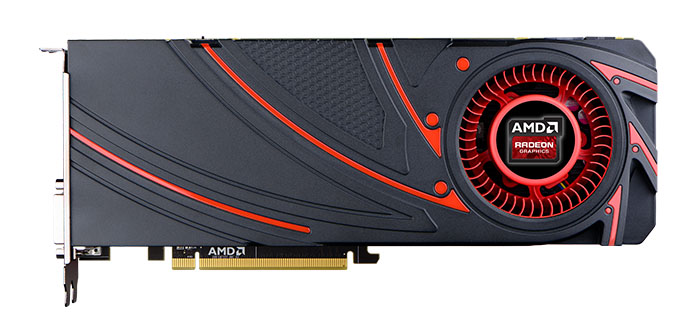The card has 1792 shaders, 112 texture units and 32 ROPs. The core clock is unclear, but the boost clock is 933MHz. The HD 7950 was clocked at 850MHz, with a boost clock of 925MHz - so it should be close. The memory clock was not changed, 1250MHz or 5000MHz effective.
The R9 280 delivers 3344GFLOPS at boost clocks, while the reference HD 7950 maxes out at 3315GFLOPS. In terms of pricing, the release MSRP is $279, which does not sound too good. The HD 7950 launched a year and a half ago at $330 and the "new" R9 280X was released at $299.
The sad truth is that most consumers can't get an R9 280X for $299. Tahiti cards are in high demand thanks to a number of factors and much of the demand appears to be coming from the cryptocurrency mining crowd. Bitcoins can't be mined using Radeons, but altcoins based on Scrypt can only be mined with GPUs. Here at Fudzilla we're not huge fans of GPU mining. Working conditions in unregulated Litecoin mines are terrible and we're told many brave miners die in overclocking-related incidents. It's a bad time to be a canary, too.
The altcoin mining craze has been pushing up Radeon prices for the past couple of months and high demand could explain AMD's decision to price the 280 at $279. On the other hand, AMD might just have a good sense of hUMA, so it wants to sell the 280 for $280 - it's easier to remember that way.





